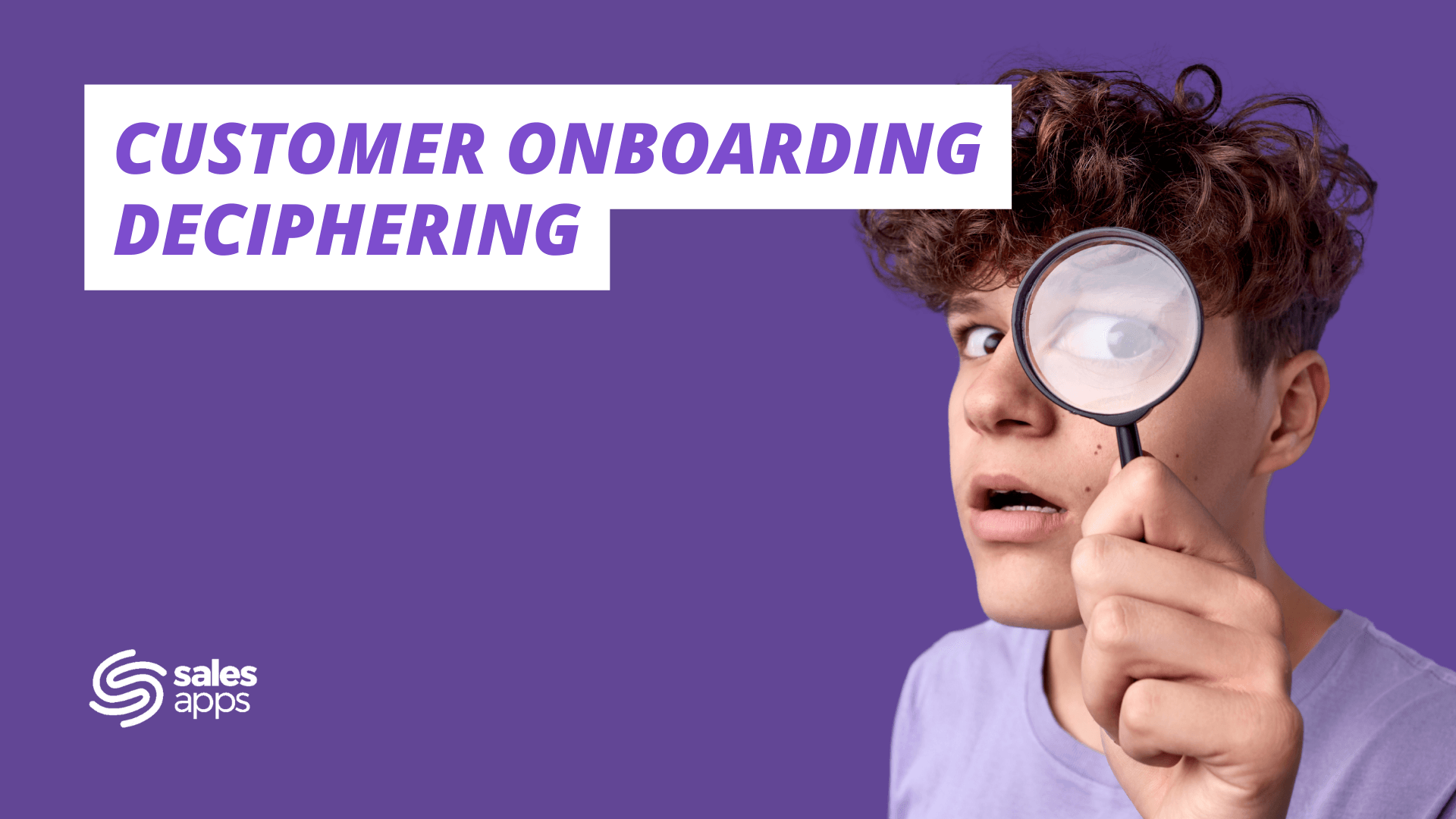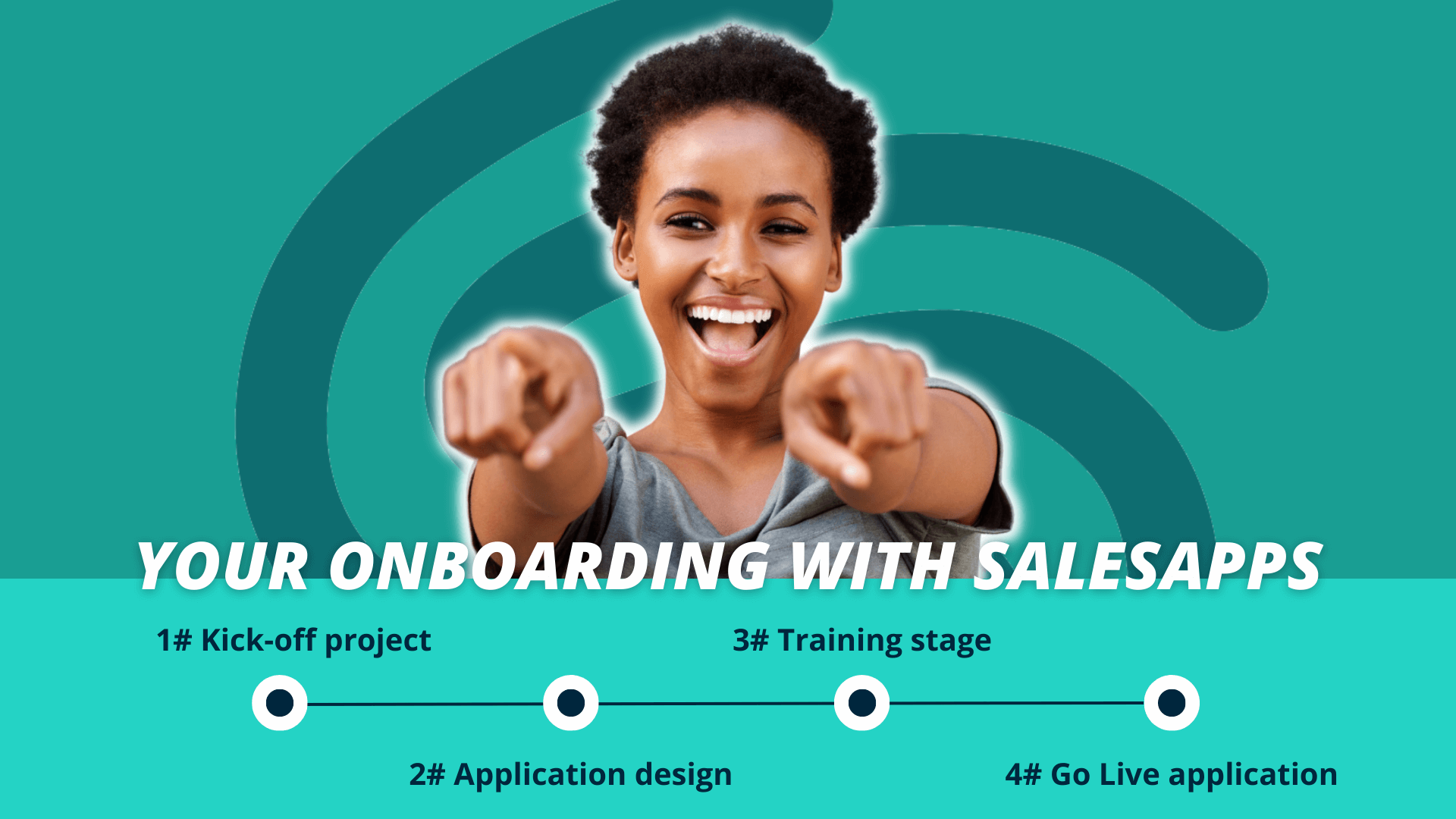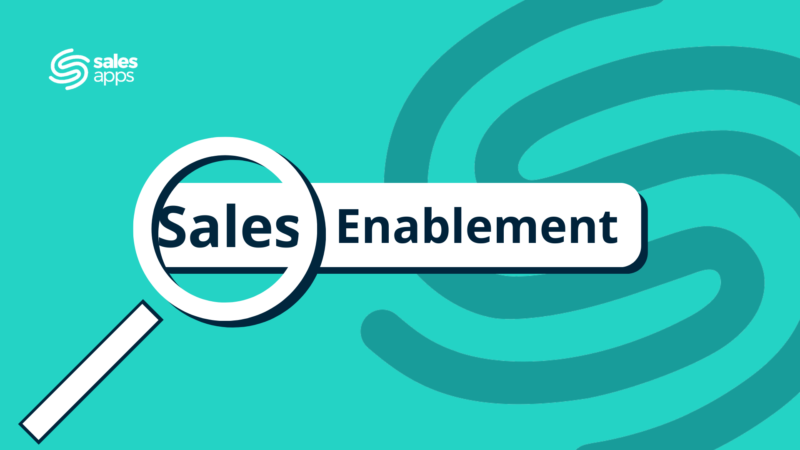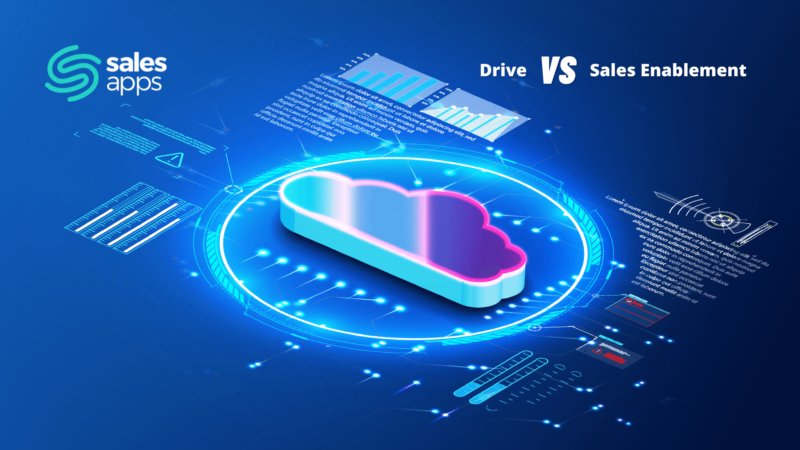
Blog

What is customer onboarding?
Customer onboarding, also known as customer integration, is the process by which a company welcomes and integrates new customers. The aim of this stage is to support and optimize the customer journey, so that they can use the product intelligently and autonomously. The customer onboarding process is of paramount importance, as it has a direct impact on long-term commitment and customer satisfaction with the company.
Why is customer onboarding important?

Over 90% of customers say that the companies they work with could do better in terms of Onboarding new customers (Wyzowl). This figure highlights the extent of the work still to be done in this area, and underlines the importance that companies need to place on this subject. When properly executed, customer onboarding strategies offer a number of advantages:
1 - Improve your customers' autonomy and satisfaction
Customer Onboarding aims to guide customers in the optimal use of the company's products or services. This enables them to take full advantage of the functionalities offered, and accentuates their autonomy on a daily basis. A thorough understanding of the customer's needs means better use of the product, and greater satisfaction in the long term.
2 - Increase customer retention
Customer Onboarding plays a key role in customer retention and building trust. By offering a seamless onboarding experience and responding to customers' specific needs, the company strengthens customer loyalty and reduces churn. One study revealed that 86% of customers remain loyal thanks to quality Onboarding (Userpilot).
3 - Enhance your company's image
Successful customer onboarding strengthens a company's image and sets it apart from the competition. A well-structured, step-by-step onboarding process demonstrates the company's commitment to customer satisfaction, and creates a positive experience right from the start. This fosters trust, strengthens the company's reputation and can even generate new leads.
4 - Turn your loyal customers into ambassadors
The success of your business is closely linked to the notion of Onboarding. By properly integrating your new customers, you can create a community that will become a supporting force for your business. The result? Satisfied customers become ambassadors, helping to promote your company.
5 - Remain committed to continuous improvement
Customer Onboarding enables companies to gather valuable information on customer needs and preferences. This information can be used to adjust marketing strategy, improve products/services and personalize customer interactions, thus contributing to a continuous improvement process.
How to successfully implement a customer onboarding strategy?

Onboarding a new customer can't be improvised. It must be prepared, personalized and sequenced in stages to guarantee success. A number of best practices will help you to offer your new customers a quality Onboarding:
1-Get to know your customer
The initial step is to understand each customer's specific needs, objectives and concerns. Research the company, its industry and its challenges in depth. This will enable you to tailor your approach from your very first exchange and personalize Onboarding to your customer.
2-Competitive analysis
Connaître les concurrents de votre client est essentiel pour fournir une proposition de valeur unique. Cela vous permettra d’avoir une vue d’ensemble du marché et de déterminer les avantages concurrentiels de votre client, vous permettant ainsi de les aider à se démarquer. De plus, avoir de l’expérience dans un secteur d’activité spécifique grâce à des clients précédents vous permet d’apporter une réelle valeur ajoutée lors de l’accompagnement des nouveaux clients. Vous pouvez ainsi les conseiller sur des projets en ayant une compréhension approfondie du fonctionnement de leur secteur d’activité. Cette expertise vous permet également de personnaliser l’Onboarding par la suite, en adaptant les bases du fonctionnement du secteur à leurs besoins spécifiques.
3-Determine clear objectives
By setting clear, measurable objectives from the outset, you ensure that you are aligned with your customer. This helps avoid misunderstandings and potential frustrations in the future. It's important to note that these objectives will serve as criteria for evaluating the success of Onboarding. They provide a solid basis for monitoring progress, measuring results and adjusting actions if necessary. The ability to demonstrate tangible results strengthens customer confidence and assures them that Onboarding is effective.
4-Assign a Customer Success Manager to your customer
The Customer Success Manager plays a key role in managing a customer Onboarding by advising, guiding and personalizing the experience to meet the customer's needs. By establishing a relationship of trust, taking a proactive approach to problem-solving and ensuring regular follow-up throughout the customer Onboarding process, the Customer Success Manager creates the conditions needed to lay a solid foundation for long-term collaboration.
5-Implement customer follow-up tools
Tracking tools play an essential role in measuring and monitoring customer engagement throughout the Onboarding process. They enable us to determine whether the customer has reached the key Onboarding stages, interacted with the Onboarding content made available to them, and expressed any specific needs. This information is invaluable in assessing the customer's progress and identifying any friction points requiring further intervention or support. Thanks to these tools, it is possible to have a clear view of the situation and adapt actions accordingly to optimize the Onboarding experience.
6-Welcome your customer
First impressions are of the utmost importance. As soon as a customer arrives at your company, it's essential to get in touch with them. The telephone or emailing are the preferred channels for this contact. This demonstrates your concern for their satisfaction and your willingness to accompany them every step of the way. It's also an opportunity to forge an initial link and define the next stages of the project together. This gesture testifies to your commitment to providing quality service and establishing a positive relationship with the customer right from the start of your collaboration.
7-Organize a kick-off meeting with your customer
There are different types of Onboarding, but they all inevitably begin with a kick-off meeting. This meeting is designed to formalize the start of the relationship between customer and company, and is a key element in customer onboarding. It is essential to establish a solid foundation for a fruitful collaboration from the outset. The aim of this meeting is to confirm the customer's choice and give them confidence, to introduce the parties involved, to familiarize the user with the product, and to define the planning and action plan that will be put in place.
8-Be responsive to customer requests
Responsiveness is often seen as a guarantee of quality and professionalism, and contributes to building strong, lasting relationships with customers. When it comes to responding to customer requests, it's vital to strike the right balance between speed and quality of response. Customers appreciate a rapid response, but it must also provide real added value and respond adequately to their needs. Being responsive to customer requests strengthens the image of your customer service department and helps to increase customer satisfaction. It is therefore essential to be diligent in your responses, while ensuring that you provide effective and relevant solutions.
9-Maintain a personalized relationship with your customer
Every customer is unique, so it's important to establish a personalized relationship. Get to know your customers, their needs and preferences. Use this information to adapt your approach and offer a tailor-made experience. Show that you care about their success, and offer personalized advice and recommendations.
10-Let your customer gain autonomy
The ultimate goal of Onboarding is to enable the customer to become autonomous in the use of your product or service. By providing a resource center with tutorials and guides, you give them the opportunity to familiarize themselves with your solution at their own pace and on their own. Providing content to facilitate Onboarding plays a crucial role in customer loyalty. In fact, 88% of people say they are more likely to remain loyal to a company that invests in Onboarding content to welcome and educate them after their purchase (Wyzowl). Make sure you encourage exploration and experimentation, while remaining available to answer questions and provide extra support if needed.
How does Salesapps go about customer onboarding?

When you choose Salesapps, you guarantee the creation of an application designed for your sales approach and used by sales reps !
Stage 1 - Project launch phase
The first step is to share with you the timetable for the key stages of the project, introduce you to the Salesapps project team, including your Customer Success Manager, and remind you of the issues we'll be working on together. We'll take ownership of your objectives and specify the key profiles to be involved (Business Sponsor, Project Manager, Ambassadors, Content Manager, Administrator) to guarantee the success of your project.
Step 2 - Application design phase
Pour réussir la conception de votre application, il faut procéder par étape en dissociant l’approche ergonomique du design. Nous commençons ainsi par la création de votre arborescence (squelette de votre application) avant d’initier la création graphique avec la réalisation de maquettes et du storyboard. Dans un 1er temps, l’objectif est donc de créer les parcours de vente correspondant aux approches commerciales de votre force de vente (chasse, développement de compte, approche par cible, par l’offre, le besoin..). Une fois l’arborescence finalisée, les graphistes interviennent sur la réalisation des maquettes. Nous vous aidons également à identifier les contenus marketing clés que vous souhaitez intégrer dans l’application.
Stage 3 - Training phase: administrators and users
The third stage consists of training administrators on your application's back-office. This stage is carried out live with your Customer Success Manager and aims to familiarize you with your new interface, giving you all the keys to managing and upgrading your application (interface, content, users, rights, etc.). In addition, we provide your users with entertaining tutorials and videos to help them get to grips with your new application quickly and independently sales reps.
Step 4 - Go Live with your application
Our team will create a teaser to accompany the launch of your application. The aim is to generate immediate excitement among the sales force, to successfully onboard sales reps and develop daily usage. Your Customer Success Manager remains at your side to support you during the launch and afterwards, to animate your highlights and challenge your application.

FAQ
What is Customer Onboarding? Onboarding is the process of welcoming and integrating new customers into a company. It aims to familiarize them with the product/service, provide them with the necessary resources and support them to ensure the success of their project. Onboarding includes stages such as presentation of functionalities, training, support and follow-up. Its aim is to establish a solid relationship with customers from the outset, and to facilitate their autonomy in using the product or service.
How do you achieve successful Onboarding? For successful customer Onboarding, it's essential to tailor the experience to each customer's specific needs. Clear, proactive communication is important to provide instructions and answer questions. Regular monitoring of the customer's progress, assistance in using the products and rapid problem resolution are essential for successful Onboarding.
Who handles customer onboarding? Onboarding is usually handled by a dedicated team of customer service, sales and technical staff. Each team member plays a specific role in the process. Sales team members make sure they understand the customer's needs. The Customer Success Manager focuses primarily on customer relations. The technical team provides the expertise needed to solve technical problems and ensure smooth use of products or services.
What are the challenges of Onboarding? Successful user Onboarding contributes to: reinforcing your company's image, improving the autonomy and retention of your existing customers, attracting more potential customers through referrals.
Why is Onboarding important? Onboarding is of major importance and plays a key role in your company's development. A well-designed Onboarding process reduces new customers' frustration, improves their experience and strengthens their commitment to the company. It also promotes customer retention and helps develop autonomy in the use of your product. By offering high-quality Onboarding, your company sets itself apart from the competition and strengthens its image in the marketplace.




